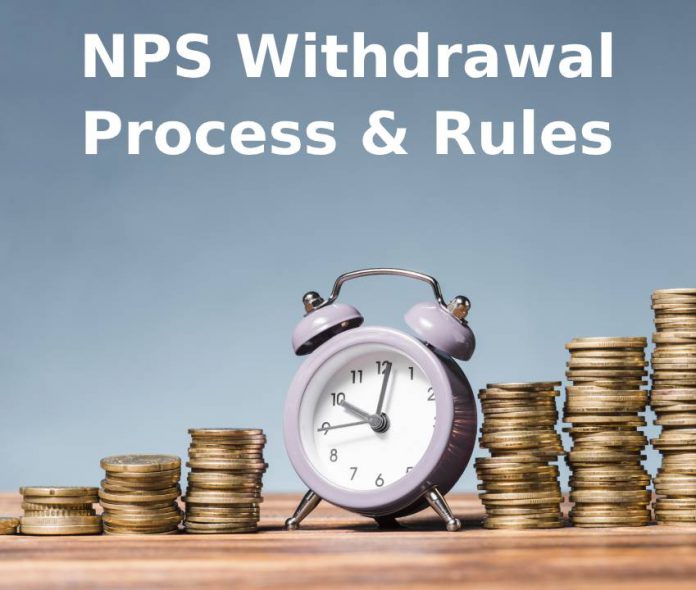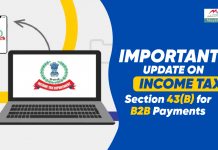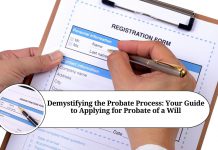Article Content:
- How NPS Can Witdrawal?
- Tier 2 Account limit for NPS withdrawal
- Tier 1 Account limit for NPS withdrawal
- NPS Premature Withdrawal Rules
- NPS Partial Withdrawal Rules
- NPS partial withdrawal can be requested
- Tier 1 withdrawal rules after maturity
- NPS withdrawal process online
- NPS form for offline withdrawal
- Details that need to be mentioned on NPS withdrawal form
- NPS taxation rules
How NPS Can Witdrawal?
It is very simple to withdraw the NPS investments both after maturity or before maturity with a variety of NPS withdrawal schemes applicable as per the different types of NPS withdrawal schemes. The government also provides a third option to withdraw the amount partially from the NPS. This article will discuss them in detail. The government limits the amount of every exit from different types of National Pension Scheme. Below written are the few important factors of the NPS withdrawal online process.
Tier 2 Account limit for NPS withdrawal
Under the current scenario, there are no rules applicable to Tier 2 under the National Pension System. This implies the withdrawal limit only applies to the NPS Tier 1. This suggests investing in Tier 2 NPS is more favourable than investing in Tier 1. One point we need to consider here is that NPS Tier 2 investments do not have any tax benefits.
Tier 1 Account limit for NPS withdrawal
Unlike the NPS Tier 2, NPS Tier 1 withdrawal attracts a lot of rules as per the withdrawal limits. The limits under NPS Tier 1 withdrawal is primarily based on the type & amount of withdrawal being made. The following are the key rules applicable under three NPS withdrawal options i.e. prematurity, partial, after maturity.
NPS Premature Withdrawal Rules
After the subscriber attains the age of 60 years,NPS Tier 1 account is considered matured. NPS withdrawal before maturity under Tier scheme can only be made when a time period of three years has been completed from the initiating date of the account. This type of withdrawal before maturity is called a ‘premature exit’. As per the rule, only 20% of the total corpus can be withdrawn as a premature exit, rest 80% has to be used to buy an annuity. In this case, both the amount is taxable.
Let us clarify this with an example.
For instance, let us assume Mr Raj has an NPS corpus of Rs. 20 Lakh which he wishes to withdraw at 50 years of age. This is termed as a premature exit. In this case, Raj will be able to withdraw only Rs. 4 Lakh which will be a taxable income as per the applicable rate slab. With the remaining 16 Lakh, he can only buy a monthly pension which will not be taxable for the current year only. The annuity will be taxable for every coming year separately as it paid. Like if he bought annuity worth Rs. 80,000 each. For the first year, an amount Rs. 80,000 will be taxable, another Rs. 80,000 will be applicable for the second year and so on.
NPS Partial Withdrawal Rules
NPS partial withdrawal from the National Pension Scheme corpus is allowed only for specific purposes. Under the NPS partial withdrawal online rules, the NPS withdrawal limit is up to 25% of the total contribution. However, partial withdrawal from NPS can only be done if the contributor must have the account at the time of withdrawal for a period of at least 10 years. Here it needs to be noted that, only three times withdrawal is allowed under partial withdrawal from NPS in the complete cycle. According to the National Pension System rules, these amounts do not attract an NPS withdrawal tax.
NPS partial withdrawal can be requested for the below-noted point:
- Higher Studies of children
- Marriage of children
- For purchasing a house for residential purpose either individually or jointly with your partner. However, in case the contributor already has a house this will be null & void.
- For the treatment of below-mentioned illness either for own or immediate family members.
- Cancer
- Kidney Failure
- Preliminary Pulmonary Arterial Hypertension
- Multiple Sclerosis
- Major Organ Transplant
- Coronary Artery Bypass Graft
- Aorta Graft Surgery
- Heart Valve Surgery
- Stroke
- Myocardial Infarction
- Coma
- Total Blindness
- Paralysis
- Accident of serious/life-threatening nature
- Any other critical illness of a life-threatening nature specified by the PFRDA from time to time
Tier 1 withdrawal rules after maturity
As per the government norms, NPS Tier 1 account matures when a subscriber attains the age of 60 years. All these investments can be withdrawn until the age of 70. Under the existing rules, 60% of the corpus tax can be withdrawn. It is mandatory to use the remaining 40% of the corpus to buy an annuity. The annuity is subject to pay the monthly pension to the person after retirement. The monthly pension received is taxable as per the investment rate. However, this taxation is not applicable at the time of NPS withdrawal but later as per the rates in the upcoming financial year.
Let’s explain this with an example. Let’s assume you have any Rs 1 crore NPS corpus. Out of this you can withdraw Rs. 60 lakh as lump sum which is tax-free.
And the remaining Rs. 40 lakh can be used to buy annuities from other companies by PFRDA. This amount is non-taxable at the time of purchase. However, in the upcoming fiscal year the amount is taxable as per your rate slab rate. If you get an annuity of Rs. 3.2 lakh per year until you die. This annual payment of Rs 3.2 lakh is taxable as per your tax slab. This payment will be taxable in all respective years.
NPS withdrawal process online
In case you are an existing NPS, you can login to your NPS account using PRAN and password. Withdrawal from Tier 2 attracts no restrictions as applicable on withdrawal from NPS Tier 1. You can initiate the withdrawal request on any working day
NPS form for offline withdrawal
Different forms are available to file NPS withdrawal online and offline.
These forms cater to the following cases:
- Partial withdrawal of NPS contribution
- Exit form from NPS subscription before maturity.
- Withdrawal on incapacitation of a subscriber or after maturity.
A separate form is also available in case the government subscriber dies. This is because the government NPS is different from that of the normal citizen. It is very easy to download and fill the NPS form and submit it as a NPS POP (point of presence) along with supporting documents to start the NPS exit procedure.
Details that need to be mentioned on NPS withdrawal form
Subscriber name, date of birth, address, gender, Pran number, PAN number, nominee details, bank details, account number, IFSC code, bank name, branch address is mandatory as NPS withdrawals are credited directly into the account.
The other details that are included in the NPS offline withdrawal form include the corpus you want to buy, the entire amount, annuity provider, type of the annuity you want to buy.
Types of annuity available currently with the pension scheme.
- Pension annuity available at a uniform rate
- Annuity payment for 5, 10, 15, 20 years
- Annuity for life return of purchase price on the member’s death
- Annuity with an increasing rate of 3% per annum
- Annuity within provision to pay 50% of the amount to the spouse if the subscriber dies
- Annuity with the provision to pay 100% of the amount to the spouse if the subscriber dies
- Annuity purchase price refund on death
NPS taxation rules
NPS withdrawals are taxable in most of the cases, unlike section 80c tax-saving investments. Tax applicability on the NPS withdrawal depends on the type of withdrawal or exit from NPS. Zero tax is only applicable on the partial NPS withdrawal of NPS contribution. This relaxation in tax is provided due to specific reasons and only after 10 years of subscription.
There are few limitations that include 25% of the subscriber total contribution can be withdrawn as partial withdrawal only three times during the lifetime of the NPS account. NPS withdrawal due to maturity of account stipulates that 60% of the amount can be withdrawn without payment of any tax and the remaining 40% has to be purchased as an annuity which is mandatory for every subscriber. However, as stated already these annuities are taxable as per the tax slab rate of the individual.
In case the subscriber wants to withdraw NPS before maturity then he can only withdraw 20% as a lump sum which is taxable in the year of withdrawal and the remaining 80% of the corpus has to be purchased as annuities which are also taxable in the year of payout.





















